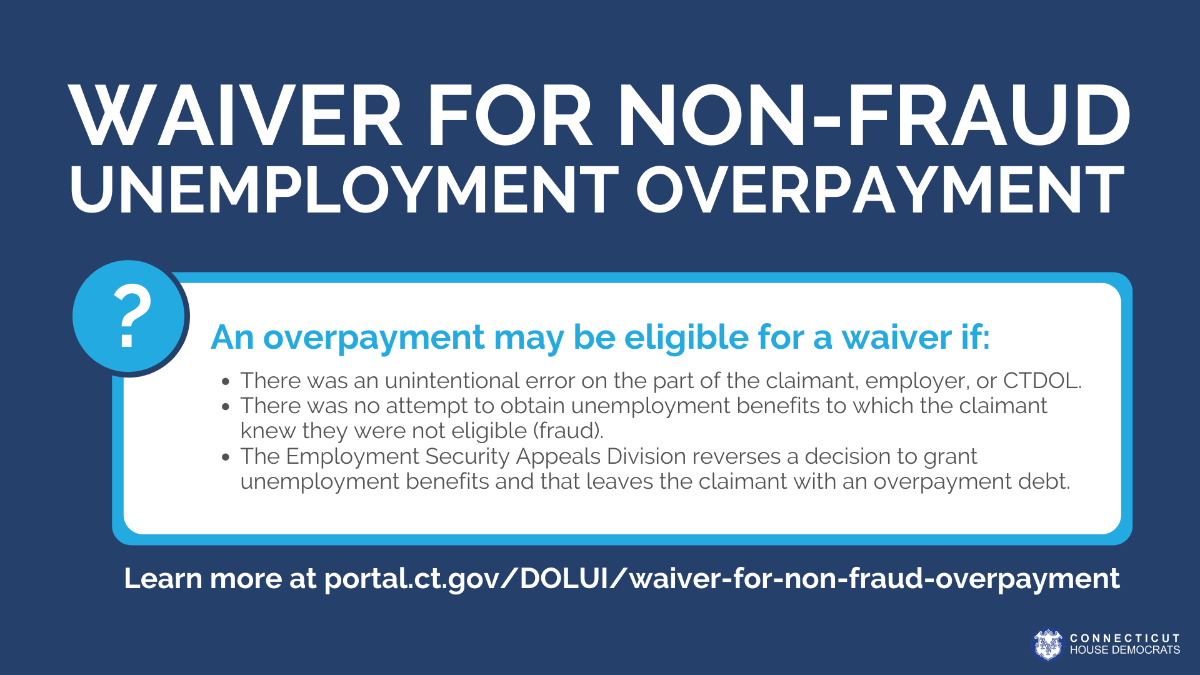|
Did you know October is National Disability Employment Awareness Month? National Disability Employment Awareness Month began in 1945 to highlight the contributions of people with disabilities to the workforce and to raise awareness of the inequities they face.
As our state continues to bounce back from the pandemic, it is critical that all individuals in our community have access to employment opportunities. Ensuring that everyone has the necessary employment resources benefits both individual families and our state as a whole.
In recognition of National Disability Employment Awareness Month, the Connecticut Department of Labor and Department of Aging and Disability Services have announced that Connecticut’s 9th annual Disability Employment Resource Fair will be held on October 22.
The fair will be a virtual event this year. The presentation will include information about resources such as free employment services, transportation, legal rights, assistive technology, education and more!
To register for the fair please click here.
ASL Interpreters will be provided and a PowerPoint of the event will be sent out to all attendees following the event. If you need large print or a Word document, please contact Jill Larmett at jlarmett@capitalworkforce.org.
In addition to the annual Disability Employment Resource Fair, assistance for jobseekers is available virtually and in-person, including at:
- The Connecticut Department of Labor’s American Job Centers (appointments are recommended). More information is available at portal.ct.gov/ajc.
- CTHires, which serves as a one-stop resource to search for jobs, create a resume, and find training. More information is available at portal.ct.gov/cthires.
- Additional job fair that are scheduled frequently across the state. For a full schedule, visit portal.ct.gov/AJC/recruitmentevents.
Please take a moment this month to recognize the strides we have made in disability employment, and all the work we have left to accomplish.
|

